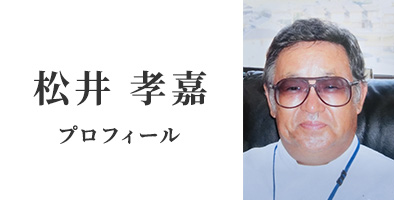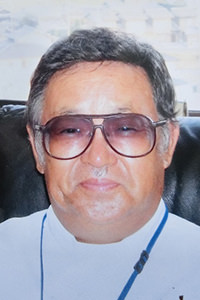
Official website of Takayoshi Matsui, MD & PhD (Dr. Stiff Neck)
Dr. Matsui has made it possible to identify and treat unexplained physical discomfort (vague symptoms/autonomic nervous system abnormalities) that could not be cured anywhere in the world until now.
Official website of Takayoshi Matsui, MD & PhD
Patient Testimonials
Please see below for the process of complete recovery of patients who suffered from symptoms such as headaches, dizziness, autonomic nervous system imbalance, chronic fatigue, whiplash, and depression, as well as the testimonials of grateful patients.
✹About reading the testimonials
The medical questionnaire and neck muscle checkpoints are explained at the bottom of this page.
List of testimonials (cases)
- Lists
This is a checklist of symptoms (subjective symptoms) commonly seen in patients with stiff neck.
There are 30 questions in total, and you will be asked to do a self-check.
| Number of checks | Status | Need for treatment |
|---|---|---|
| 4 or less | Normal | None |
| 5 to 10 | Mild | Treatment required |
| 11 to 17 | Moderate | Treatment required |
| 10 or more | Severe | Treatment required |
These are checkpoints for doctors to use when palpating (objective abnormal findings). When we first started treating stiff neck, there were 11 checkpoints, but now there are more detailed checkpoints, with 36.
- Has it really become possible to cure diseases that could not be cured in any hospital in the world until now, in other words, diseases that "cause a single patient to present with a variety of symptoms, and each symptom is treated by multiple medical departments, so in the end no treatment could be found"
-
That's right. It has become possible to completely cure illnesses of unknown causes in which a single patient experiences symptoms from multiple medical departments, including ophthalmology, otolaryngology, cardiology, gastroenterology, orthopedics, neurosurgery, neurology, and psychiatry (psychosomatic medicine). Patients living not only in Japan, but also in France, the UK, the US, Canada, Norway, Mexico, Taiwan, and China, who have visited all the hospitals and medical departments in their own countries but have not been cured, come to Japan to receive treatment.
And everyone's symptoms were cured through treatment of the parasympathetic nervous system, which is the cause of autonomic nervous system disorders, and they returned home.
We do not provide any information specifically for foreign patients, so we do not know how these patients found out about this treatment.
In the future, if wearable translation devices (such as Pocketalk) become more advanced, we would like to actively accept patients who do not understand Japanese. At the moment, we are struggling with staff numbers, so we are only accepting reservations from people who understand Japanese or who are coming with an interpreter.
- What is the name of this new disease?
- Cervical neuromuscular syndrome (abbreviated as cervical muscle syndrome or stiff neck disease) is a neurological disorder caused by abnormalities in the parasympathetic nervous system. Because the parasympathetic nervous system controls every part of the body, the symptoms are diverse, and symptoms appear in almost all medical departments at general hospitals.
- What are the symptoms of cervical neuromuscular syndrome?
-
Unexplained general fatigue, lethargy, headache, chronic fatigue, depression, panic disorder, autonomic nervous system disorder, unstable blood pressure, difficulty swallowing, nausea, loss of appetite, stomach pain/discomfort, prone to diarrhea/constipation, hyperhidrosis, palpitations, insomnia, dry eyes, dry mouth, eye fatigue, sore eyes, difficulty seeing, sensitivity to light, hot flashes, low-grade fever of unknown cause, depressed mood, loss of interest/joy, loss of energy, no desire to do anything, decreased concentration, decreased memory, decreased judgment, decreased thinking ability, suicide attempts/suicidal thoughts, etc.
You may also sweat too much or not at all, your face may turn red and you may feel sick when you enter a warm room, or you may not be able to stay in a cold place. You may feel lightheaded, as if you are walking on clouds or on a boat. When these symptoms are severe, you may be able to predict what the weather will be like tomorrow. Some people are prone to catching colds, or have cold-like symptoms all the time. You may also experience numbness in your hands and feet, and chest pressure or pain.
- What is cervical neuromuscular syndrome?
-
The English name is Cervical Neuro Muscular Syndrome (CNMS). As mentioned above, symptoms appear in ophthalmology, otolaryngology, gastroenterology, circulatory system, orthopedics, neurosurgery, neurology, and psychiatry (psychosomatic medicine). When it becomes severe, symptoms appear in all of these medical departments. Patients often say that they don't know which department to visit even when they go to a general hospital.
Even if you visit one of those departments, if you have 5 or 10 times more symptoms outside the doctor's specialty, the doctor in charge will not know what to do and will just prescribe any medicine and send you away. After that, because it doesn't get better, you will visit other hospitals and other medical departments, and the hospital rounds and doctor shopping will begin. Many of my patients have visited more than 50 hospitals. I can't count the number of people who have visited 20 or 30 hospitals.
Most patients from abroad say that they have visited every hospital in their home countries but have not been cured, so they have come all the way to Japan.
- So what about visiting a general practitioner?
- Currently, some university hospitals and other institutions have departments of general medicine, but it is fair to say that there are currently no departments that specialize in cervical neuromuscular syndrome.
- You discovered that abnormalities in the neck muscles cause abnormalities in the parasympathetic nervous system (autonomic nervous system), which then causes abnormalities in various parts of the body. I heard you were the first person in the world to discover this.
-
Until now, it was common knowledge in medicine that abnormalities in the neck muscles would only cause symptoms such as pain and stiffness in the neck muscles, with no other neurological symptoms. However, we have discovered that when abnormalities occur in certain muscles in the neck, the parasympathetic nervous system of the autonomic nervous system can stop working. The condition that produces these neurological symptoms is called cervical neuromuscular syndrome.
We discovered this in 1978 while researching whiplash. Indeed, no one in the world had noticed this until now.
- What mechanism does the neck muscle use to cause parasympathetic nervous system abnormalities?
-
Research is currently ongoing and no conclusions have been reached yet, but when examination reveals abnormalities in certain parts of the neck muscles, abnormalities in the parasympathetic nervous system are found. As these are treated and the muscle abnormalities disappear, the symptoms disappear one after another. There are many actual case studies, so it can be said that clinically, there is no doubt that abnormalities in certain muscles of the neck cause parasympathetic nervous system abnormalities.
The parasympathetic nervous system, along with the peripheral nerves, is spread throughout the body, so an abnormality in the parasympathetic nervous system can cause problems throughout the body. Our research paper on this subject has been published in a world-renowned academic journal overseas.
In short, if we consider that the original cause is a decrease in the function of the nerves that pass through the neck (vagus nerve, phrenic nerve, greater occipital nerve, brachial plexus), everything can be explained clearly.
- How is cervical neuromuscular syndrome diagnosed?
- Currently, examinations of the neck muscles are mainly performed by palpation and diagnostic imaging. 34 points on the neck are palpated to check for tenderness and hardness. Patients are surprised that when the palpation is performed for the first time, they jump in pain, but the pain disappears as treatment progresses. As the pain disappears, the symptoms also become milder and disappear. I also use diagnostic imaging, which is the technique I have the longest experience with in the world, to make a diagnosis.
- Is it true that discovering this treatment could reduce huge medical costs?
-
According to our rough estimates from a few years ago, this would reduce medical expenses by more than 11 trillion yen per year. The figure would likely be even greater now.
The current situation is that patients visit various hospitals and clinics without any hope of treatment, and each time the tests are redone from scratch, resulting in a huge amount of money being wasted on just one patient. I know this very well from my patients who have visited me. I feel very sorry that such unnecessary medical expenses are being ignored, and that even though most of the autonomic nerve tests necessary for our treatment are covered by insurance, the fees for the tests are being cut, and approximately 90% of them are not being paid.
There is a big problem with the current medical insurance payment system. Even if payment is refused, we continue to provide free testing and completely relieve patients from illness. Before treatment, depression caused by abnormalities in the neck muscles often left patients near bedridden. Even seriously ill patients on the verge of suicide have been completely cured to the point where they can smile and say they have been reborn.
- What kind of symptoms and progression do patients suffer from, and how are they cured?
- What is clear is that there are testimonials and letters written by the patients themselves, so please read them. You will understand how each patient's symptoms improved.
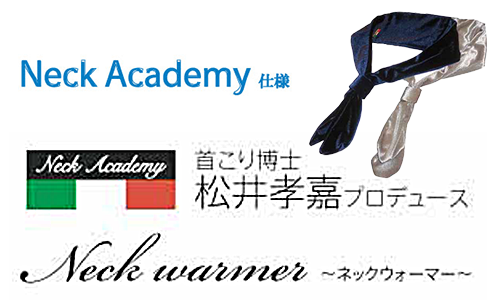

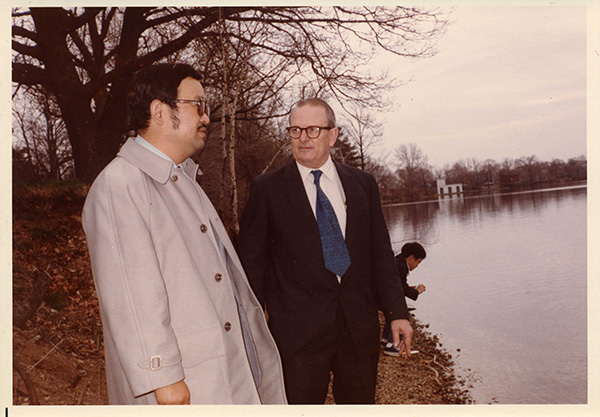
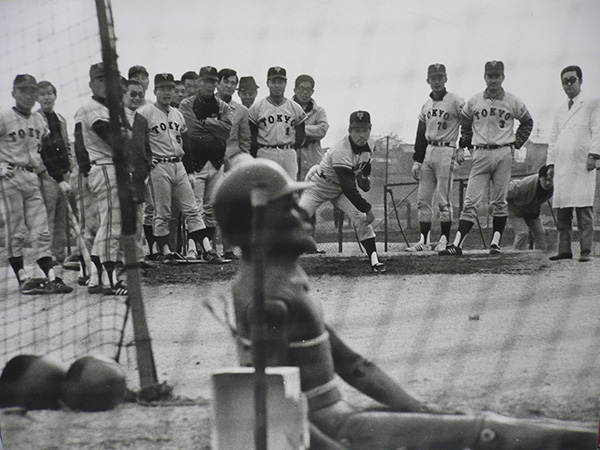
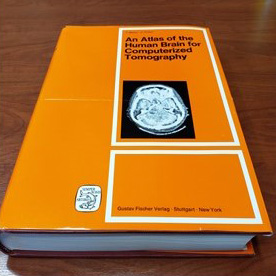 Atlas published by Gustav-Fischer Verlag, Stuttgart
Atlas published by Gustav-Fischer Verlag, Stuttgart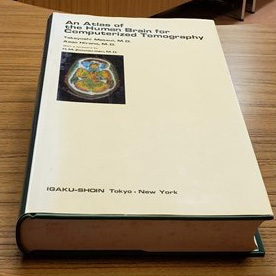 Atlas published by IGAKU-SHOIN, New York
Atlas published by IGAKU-SHOIN, New York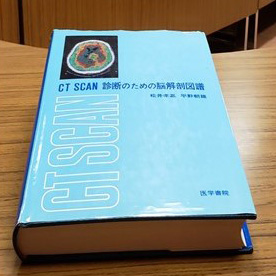 Atlas published by Igaku Shoin, Tokyo
Atlas published by Igaku Shoin, Tokyo